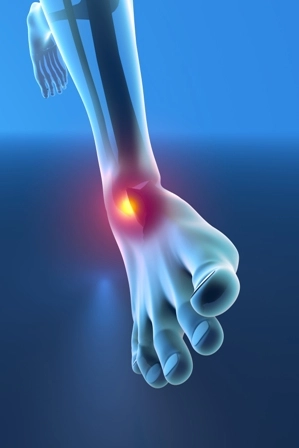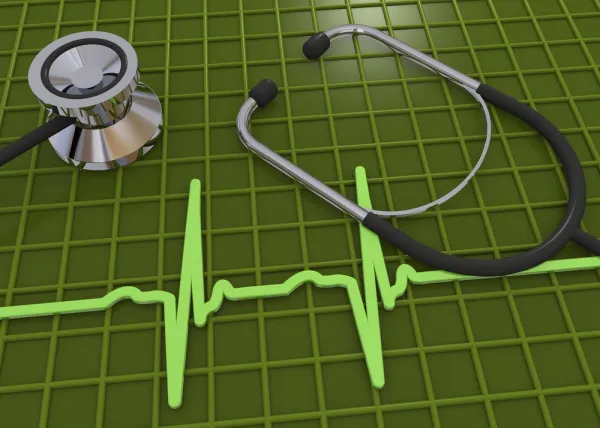3 Quick Tips Reinforce Your Traumatic Ankle Fracture Coding Understanding

Hint: The Gustilo fracture classification is for open fractures only. Reporting fractures in your podiatry practice can be challenging because you have so much to think about. For example, is the fracture open or closed? What bones are affected? Is the fracture pathological or traumatic? Do you know if the fracture is displaced or not displaced? In the article, "Hone Your Traumatic Fracture Coding Know-How With 5 Handy Tips," in Podiatry Coding and Billing Alert Vol. 10, No. 3, you learned handy tips to help you ace your traumatic fracture coding. Now, in Part 2 of this three-part series, discover what you need to know about reporting traumatic ankle fractures. Tip 1: Tackle Ankle Anatomy Terms to Choose Correct Codes Check out the different kinds of ankle fractures you'll come across in medical documentation. ICD-10 and CPT® give you various code options for different types of fractures, so you need to know what type of fracture the patient has to report them correctly: Tip 2: Focus on the Gustilo Classification for Open Ankle Fracture Coding Success When you look in the ICD-10 index, you'll notice that category S92- (Fracture of foot and toe, except ankle) does not include ankle fractures. Instead, to report a traumatic ankle fracture, you would look to a code from category S82- (Fracture of lower leg, including ankle). Some of your choices for the seventh character you could add to a code from category S82- include the following: Coding for an ankle fracture can become quite tricky because certain fracture categories like S82- also give you additional seventh character choices to specify a type of open fracture. The Gustilo fracture classification also impacts categories S52- (Fracture of forearm) and S72- (Fracture of femur). The following designations are based on the Gustilo open fracture classification: Example: Take a look at the ICD-10 code you would use to report a displaced bimalleolar fracture of the right lower leg, open fracture type IIA - S82.841C (Displaced bimalleolar fracture of right lower leg, initial encounter for open fracture type IIIA, IIIB, or IIIC). Expert coding tip: When it comes to the Gustilo fracture classification, memorizing the classification table or having it handy to refer to is key, according to Angela K. Mondragon, CPC, certified professional coder at Oklahoma Sports and Orthopedics Institute in Norman, Oklahoma. "Something I find helpful is making mental pictures to the classification titles," Mondragon adds. Check out the following helpful info from Mondragon: o Type three A - massively contaminated, severe comminuted, or segmental fractures, with minimal periosteal stripping Tip 3: Don't Forget the External Cause Code When it comes to reporting traumatic ankle fractures, or any other type of traumatic fracture, don't forgot to check the documentation so you know the mechanism ofthe injury, such as a fall, car accident, etc., says Arnold Beresh, DPM, CPC, CSFAC, in West Bloomfield, Michigan. You would use an external cause code as the secondary ICD-10 code, along with the primary diagnosis, to represent the mechanism of the patient's injury. Example: The patient has a displaced bimalleolar fracture of his right lower leg, an open fracture type IIA. You would report this with S82.841C. The cause of the patient's fracture was a traffic accident where he was driving a car and collided with a pick-up truck. In this case, the external cause code would be V43.53XA (Car driver injured in collision with pick-up truck in traffic accident, initial encounter).
o Type three B - significant soft tissue loss, significant periosteal stripping at fracture site, and requires soft tissue transfer to achieve coverage
o Type three C - associated repairable vascular injury that requires repair for limb preservation.




